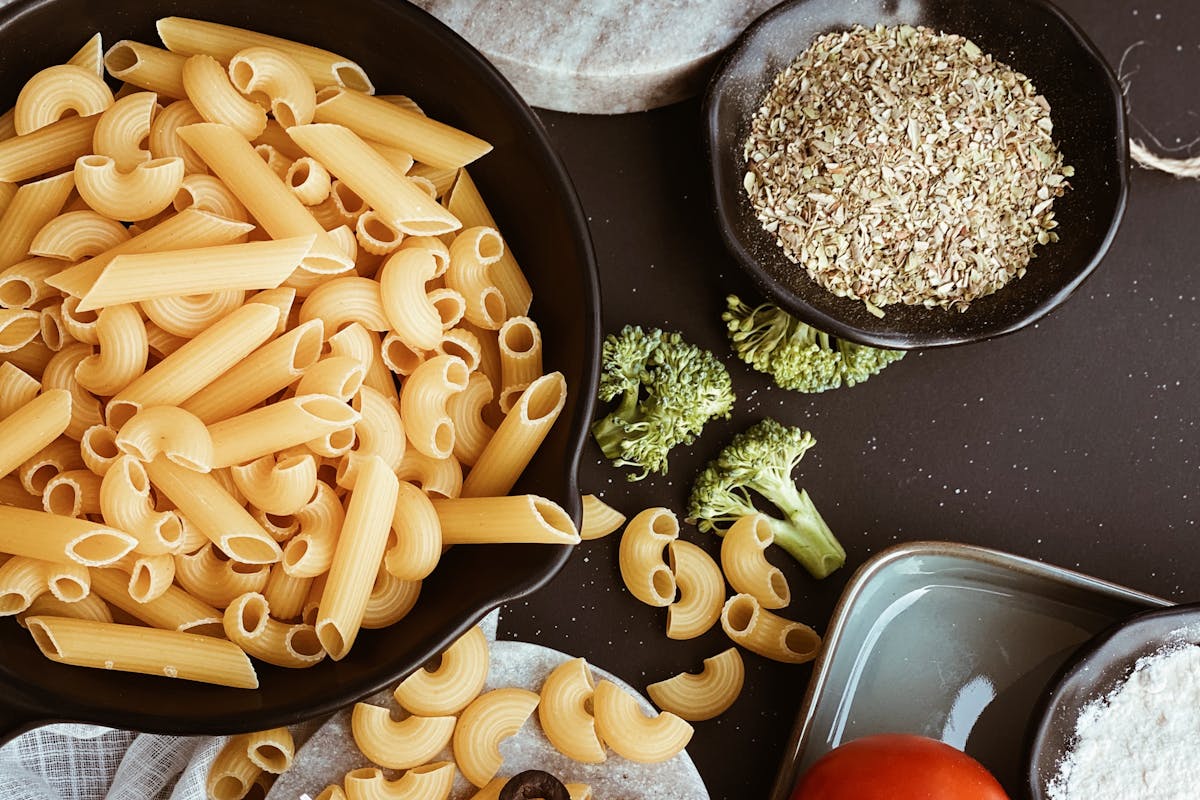8 Shocking Food Shortages That Shaped U.S. History

Throughout American history, food shortages have reshaped daily routines, diets, and even national policy. Whether caused by war, economic hardship, natural disasters, or supply disruptions, these moments of scarcity pushed families and governments to adapt in unexpected ways. This article looks at eight pivotal shortages that left lasting marks on kitchens, communities, and the nation’s approach to food security, showing how resilience and innovation often grew out of necessity.
1. War-time Rationing during World War II

During World War II, federal rationing limited purchases of sugar, meat, butter, and canned goods and introduced coupons and stamps that changed daily cooking. Households responded with substitutions and preservation strategies while victory gardens supplied fresh vegetables in neighborhoods and on rooftops. Rationing reshaped consumer habits, accelerated canned and frozen food technologies, and made clear links between civilian consumption and wartime logistics, leaving a legacy in both public policy and domestic food culture.
2. The Great Depression and the Dust Bowl

The Great Depression, worsened by Dust Bowl erosion and drought, devastated Plains agriculture and disrupted national food flows. Massive crop failures, farm foreclosures, and migration meant regional shortages and persistent hunger for many families. Federal relief, from soup kitchens to New Deal programs, provided immediate aid and catalyzed long-term reforms in soil conservation, crop insurance, and farm policy. The crisis reframed government responsibility for food security and rural resilience.
3. Civil War Blockades and Food Shortages

During the Civil War, naval blockades, destroyed rail lines, and requisitioning by armies created acute scarcities, especially in the Confederate states. Blocked ports halted imports of staples and salts used for preservation; soldiers’ demands and wartime inflation further depleted civilian access to meat, grain, and salt. Communities improvised with home gardens and preserved foods, and shortages affected morale and politics, influencing both military strategy and the difficult economic recovery in the war’s aftermath.
4. Salt and Sugar Shortages of the Early 20th Century

In the early twentieth century, interruptions to trade, wartime consumption, and transport problems periodically produced shortages of salt and sugar, essential for preservation, baking, and canning. Shortages forced households to ration, substitute, and innovate in home food preservation while commercial producers adapted recipes and schedules. These episodes highlighted how distant trade and industrial demand could rapidly influence local kitchens and the importance of preserving supply-chain diversity for everyday staples.
5. The 1970s Food Price Shock

The 1970s combined oil shocks, droughts in key growing regions, and volatile commodity markets to produce sharp spikes in food prices. Inflation and rising transportation costs made staples like grains, meat, and dairy more expensive, affecting household budgets and raising concerns about food access for low-income families. Policy debates over subsidies, price controls, and food assistance programs intensified, and the decade left enduring lessons about the links between energy policy, climate variation, and food affordability.
6. Potato Blight and Immigrant Communities

Regional crop failures from blight or disease occasionally struck staples such as potatoes, disproportionately impacting immigrant and working-class communities who depended on cheap, filling foods. When harvests failed or supply lines tightened, urban markets saw sudden price spikes and scarcity. Community responses: mutual aid societies, ethnic grocers, and neighborhood kitchens, worked to stretch supplies and adapt recipes, preserving food traditions while meeting short-term nutritional needs.
7. Corn Shortages and the Rise of Canning & Alternatives

Because corn underpins animal feed, sweeteners, and processed foods, shortages due to drought, pests, or market shifts had outsized ripple effects. Reduced corn supplies raised feed costs and drove up meat and dairy prices while forcing processors to reformulate products or slow canning operations. These shortages encouraged investment in storage, crop diversification, and alternative ingredients, and they revealed the vulnerabilities of monoculture and centralized supply chains.
8. Hurricane Katrina’s Supply Chain Collapse (2005)

When Hurricane Katrina flooded the Gulf Coast and New Orleans in 2005, it destroyed farms, warehouses, and transportation routes, producing an immediate scarcity of fresh food and refrigerated goods. Power loss and blocked roads prevented delivery and distribution, leaving many residents dependent on emergency rations. The crisis exposed weaknesses in disaster preparedness, the need for resilient regional food infrastructure, and the vital role of local charities and community networks in emergency response.





